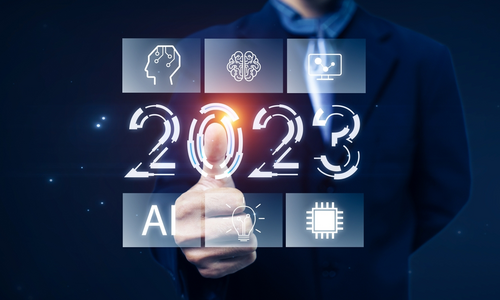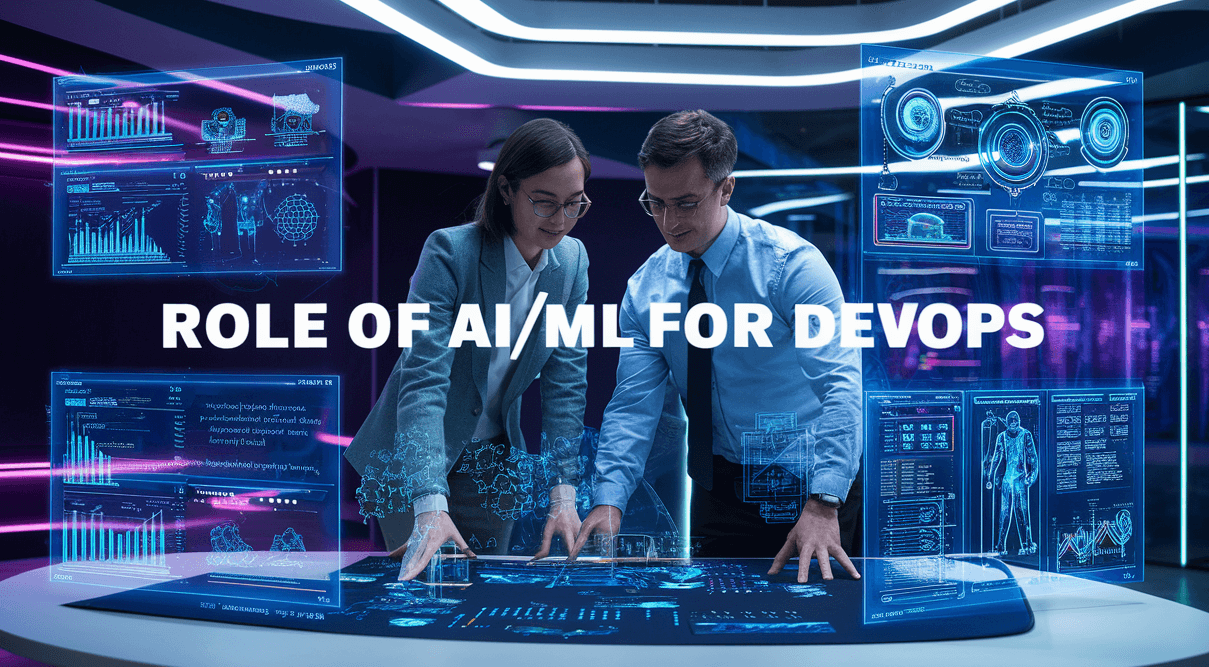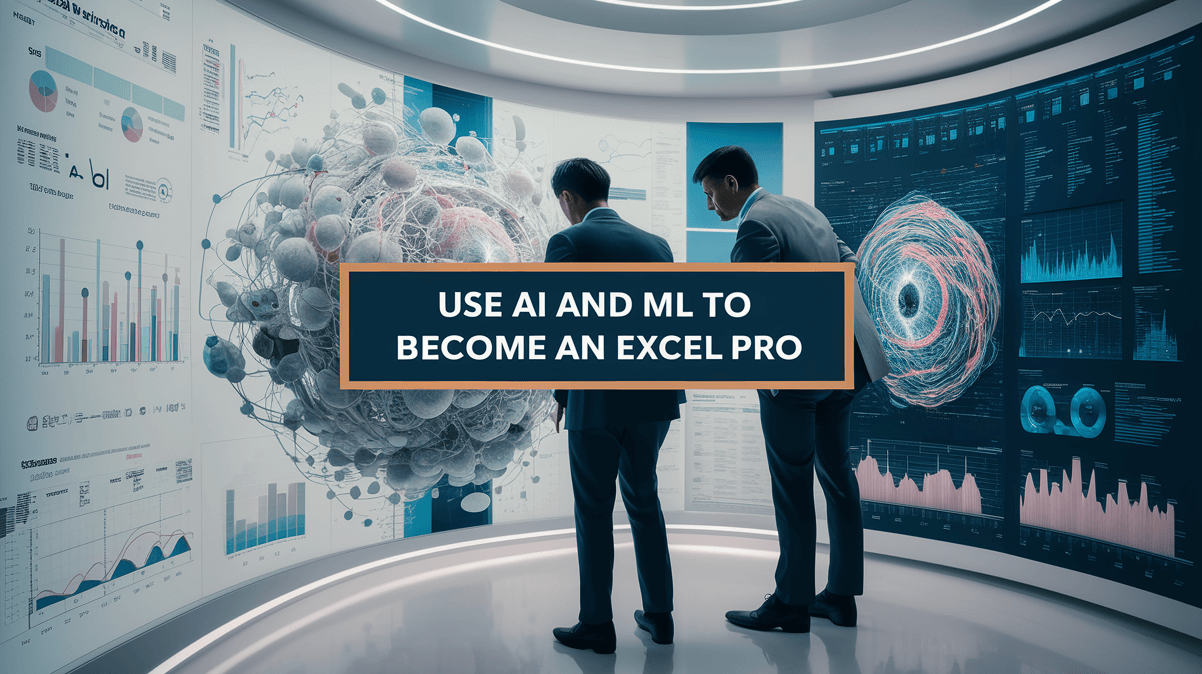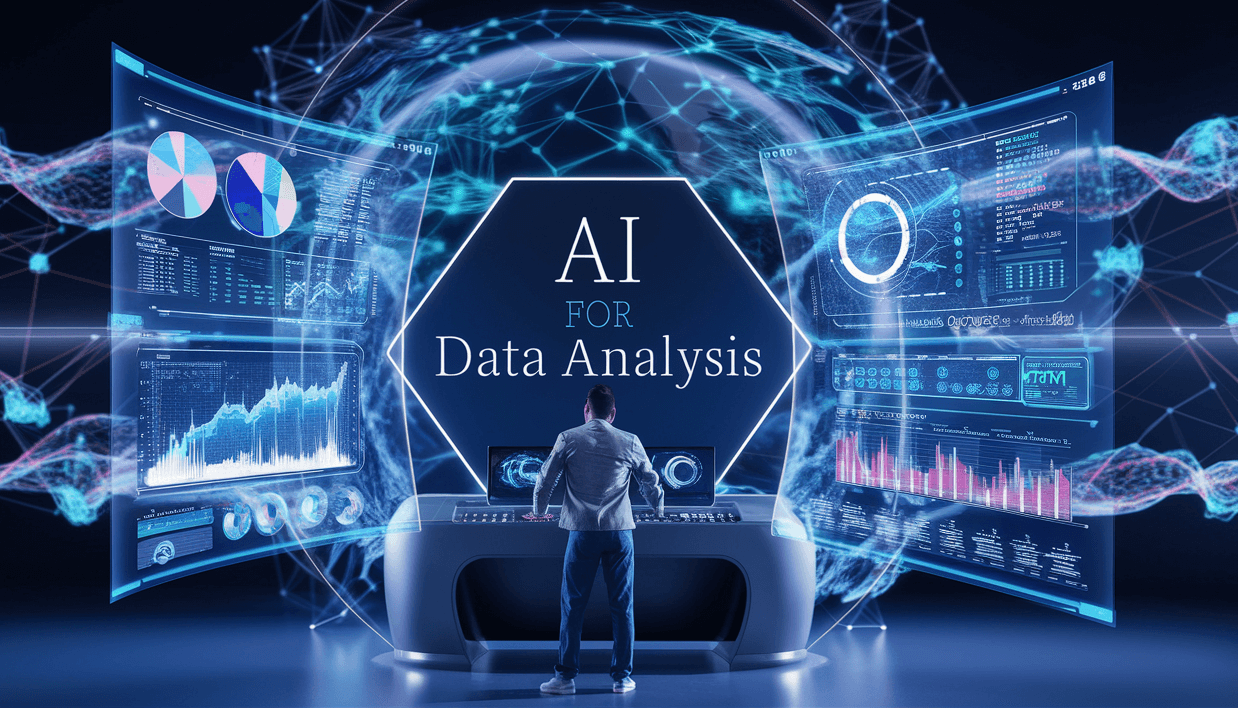Every day, Artificial Intelligence brings us something new that makes our lives easier. Virtual assistants, self-driving cars, and robots serving food at restaurants are all examples. During the past five years, business usage of AI has more than doubled. Particularly well-liked fields included computer vision, natural language creation, and robotic process automation. Businesses are already relying on AI resources for increased productivity, quicker insights, and improved customer experiences. There is no halting AI now that it has had such an impact on our daily lives. So what will our robot overlords do next? What developments in AI will be most prevalent upcoming year? Let’s examine the major trends in AI that will be dominant in 2023 and beyond.

Top AI Trends for 2023
In 2022, Artificial Intelligence developed into one of the sectors with the fastest current growth rates, and it is still accelerating at an incredible rate. The following are a few key forecasts for the development of the AI industry in 2023.
AI-focused cybersecurity
Cybersecurity has become a primary issue for corporations as cyberattacks increased by 50% over the previous year and showed no signs of slowing down. In 2023, businesses will probably start integrating AI into cybersecurity. They feed log data produced by AI systems through intelligent security models that can identify suspicious behavior and alert security teams to take action. AI can also detect threats, automate threat detection, and catch up with hackers.
By integrating intelligent automation into security systems, organizations may drastically minimize the manual labor required to maintain the security of their systems. Using AI in cybersecurity can track and analyze user activity and improve security throughout the customer authentication process. This can aid companies in protecting their critical data and avoiding attackers.
AI for improvements in computer vision
Computer vision research in AI enables the extraction of useful information from digital images, videos, and other visual inputs. This helps to take action or recommendations based on that information. Computers can identify things in images using machine learning (ML) models, and they may perform actions like unlocking a smartphone when they recognize a face.
In the healthcare sector, this AI-based technology is used to display and extract data. An AI-powered computer vision system may be trained to recognize cancers in an MRI picture. Furthermore, based on the patient’s particular circumstances, this could be utilized to assess medical images and recommend the best course of action.
AI with a focus on ethics
A primary priority in 2023 will be the creation of more moral and rational AI models. AI continues to have challenging legal and ethical issues. Deep fakes, biased algorithms, and out-of-date models are all worrisome indicators that legal frameworks need to be updated to keep up with the quickly expanding AI sector.
In the future, AI will play a role in choices regarding employment, access to justice, healthcare, etc.; therefore, having biased data might lead to prejudice in automated outputs that can result in discrimination and unfair treatment, which is intolerable. The “black box” issue with AI will be addressed in 2023. A greater effort will be made by those in charge of putting AI systems into place to make sure they can adequately explain the judgments they make and the data they rely on.
Generative AI
For organizations, generative AI provides new tools to enhance content creation. In addition to reducing turnaround time, generative AI aids in the creation of a range of content, including literary, visual, and auditory works. GPT-3 and other generative AI models aid in the production of interesting academic, literary, and non-fictional material. After obtaining “training” from human interactions and stuff on the internet that was produced by humans, it can respond to queries and carry out commands.
DALL-E is another generative AI that uses platforms that are created by text-to-video AI to produce animated art, especially human-like visuals with voices. This tool is beneficial for innovative marketing and branding. Furthermore, the media sector is being revolutionized by generative AI. There are countless uses, including developing new movies and restoring existing ones in high definition, enhancing special effects capabilities, and creating avatars for the metaverse.
Human and AI collaboration
AI will be widely used this year and into the future for everything from content generation to automated testing, deployment, and problem-fixing. Cobots, or collaborative robots, are characterized by the degree to which AI supports a variety of human activities and will continue to advance. According to industry experts, businesses will increasingly use AI-equipped devices to carry out repetitive and physically demanding activities.
As a result, human employees will be able to concentrate more on carrying out specialized and imaginative jobs like design and user experience. This also increases the output and effectiveness of the team. By the end of the decade, it is anticipated that AI will play a substantial role in software development. In contrast to today’s, 80% of the workforce will use intelligent AI products on a regular basis by 2030. However, in order to achieve this, teams must concentrate on fostering machine and human collaboration.
Voice and language-driven intelligence
Another significant advancement in AI trends is the processing of human voices. It grew rapidly in 2022 and is projected to do so again in 2023. This technology is currently being used for digital assistants, social networking, content creation, and news media. Moreover, the voice and speech recognition market is anticipated to grow from USD 49.7 billion by 2029.
Speech recognition is a key area of artificial intelligence. A number of languages can have their human voice translated and recognized by technology. Apple’s Siri, Amazon’s Alexa, Microsoft’s Cortana, and Google’s Assistant are well-known examples of speech recognition. Additionally, the remote working revolution substantially expanded the usage of smart speakers in homes. In 2023, speech recognition aimed at improving business processes will assume a prominent role.
Conclusion
AI has progressed from simply being intriguing to having a big impact on businesses and customers. It can boost productivity, alleviate the effects of the labor shortage, and encourage companies to develop new sources of income. Although the available AI tools and technologies appear promising, they will undoubtedly go further in the future. In 2023, we will see a variety of developments in artificial intelligence (AI) and other cutting-edge technologies. Professionals can enroll in Artificial Intelligence Expert to learn about the most recent developments in AI. The training helps professionals develop the abilities necessary to establish their careers in the booming sector of AI.



